Leadership Styles: Situational, Participative, and Transformational
VerifiedAdded on 2021/06/14
|20
|1528
|72
Report
AI Summary
This report delves into various leadership styles, emphasizing the significance of situational, participative, and transformational leadership in addressing evolving market demands and enhancing productivity. It explores the Pygmalion effect, highlighting how leaders' expectations can influence employee behavior and performance. The report identifies barriers to achieving leadership goals, such as ignoring mistakes and lacking technological advancements, while also underscoring the importance of transformational leadership in fostering individual development and organizational change. Furthermore, it examines the alignment of values and principles within an organization, emphasizing the role of open communication and conflict resolution in boosting employee productivity. The report includes references to relevant research and publications on leadership and organizational behavior.
1 out of 20
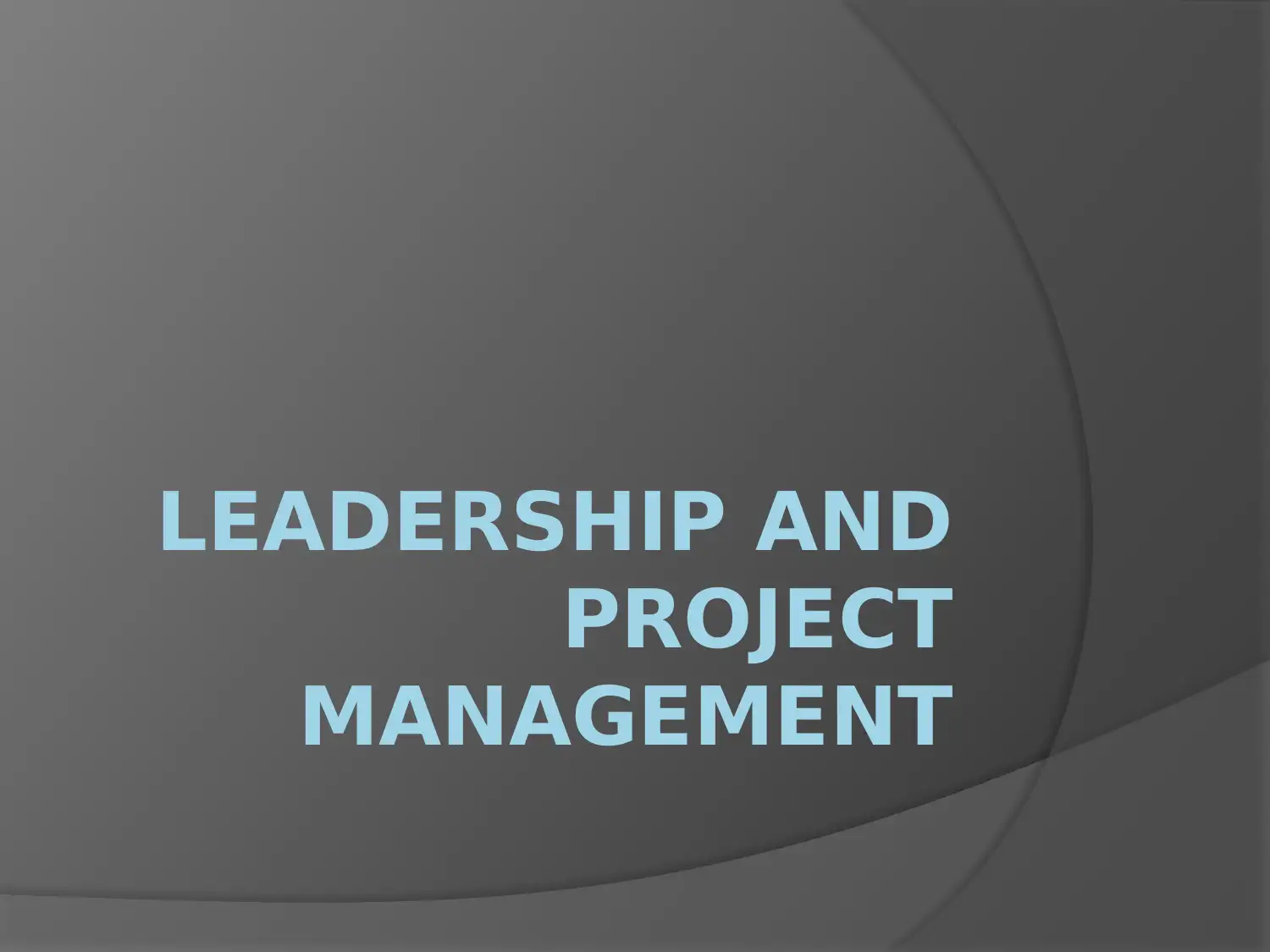
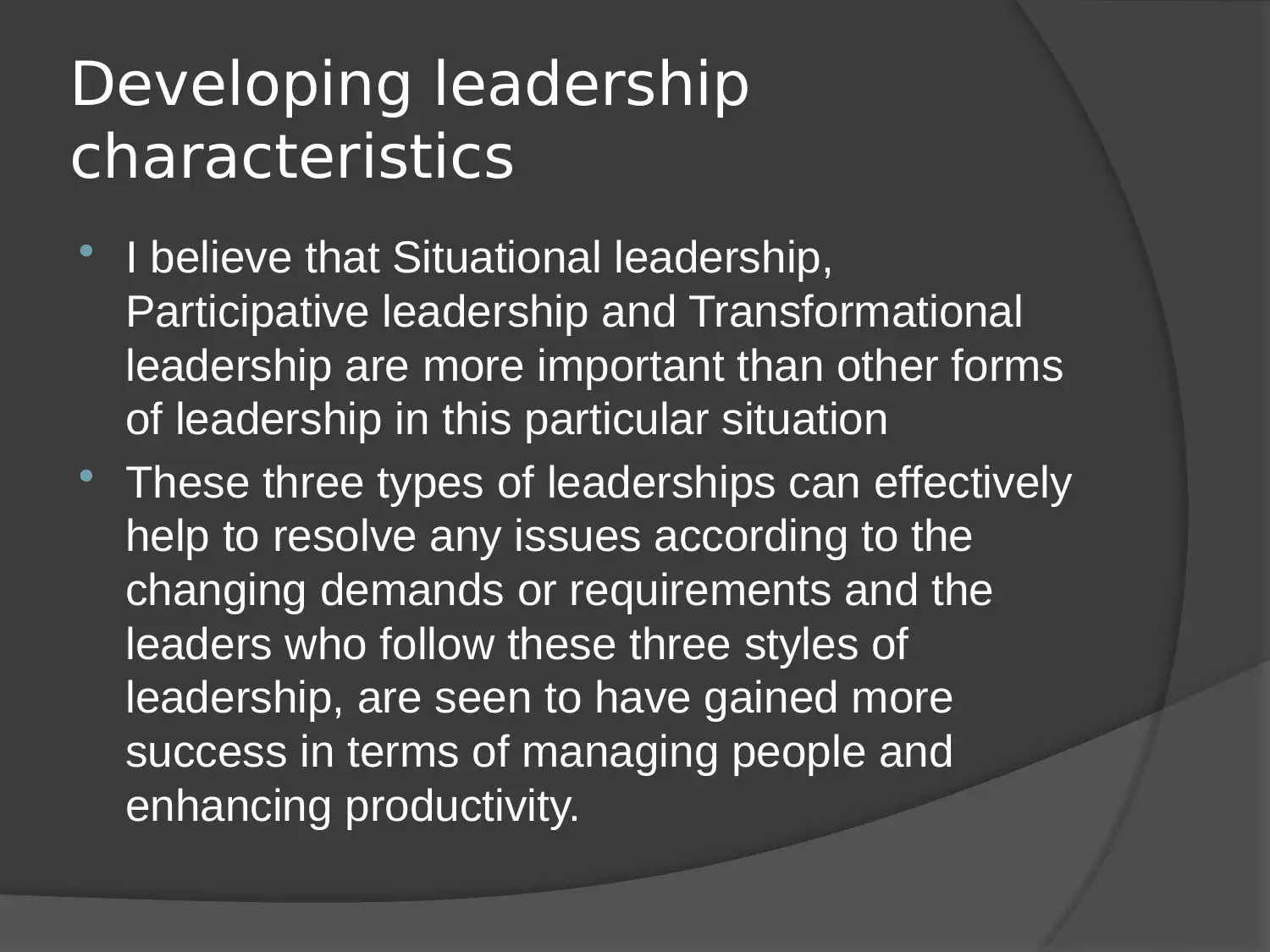
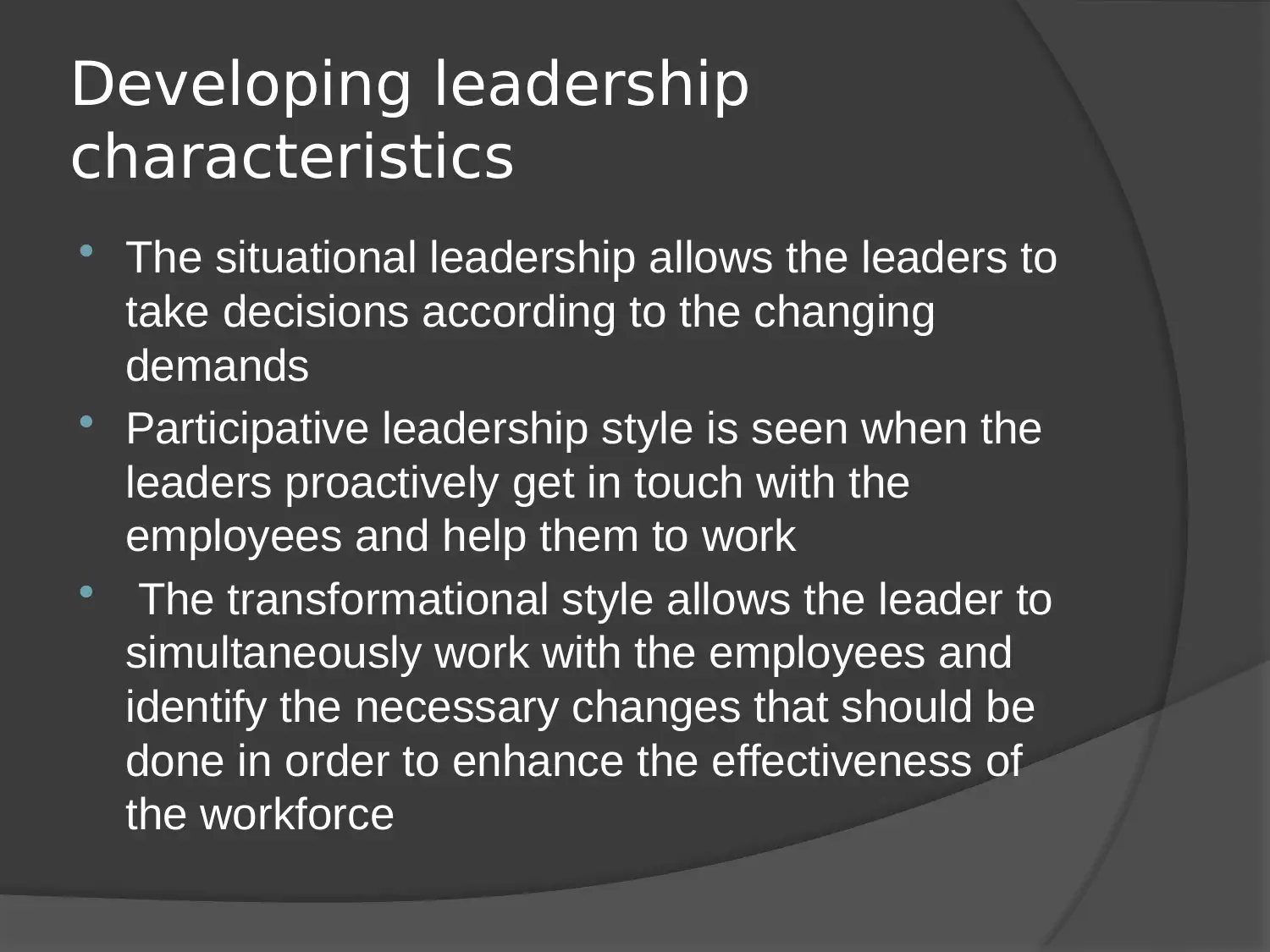

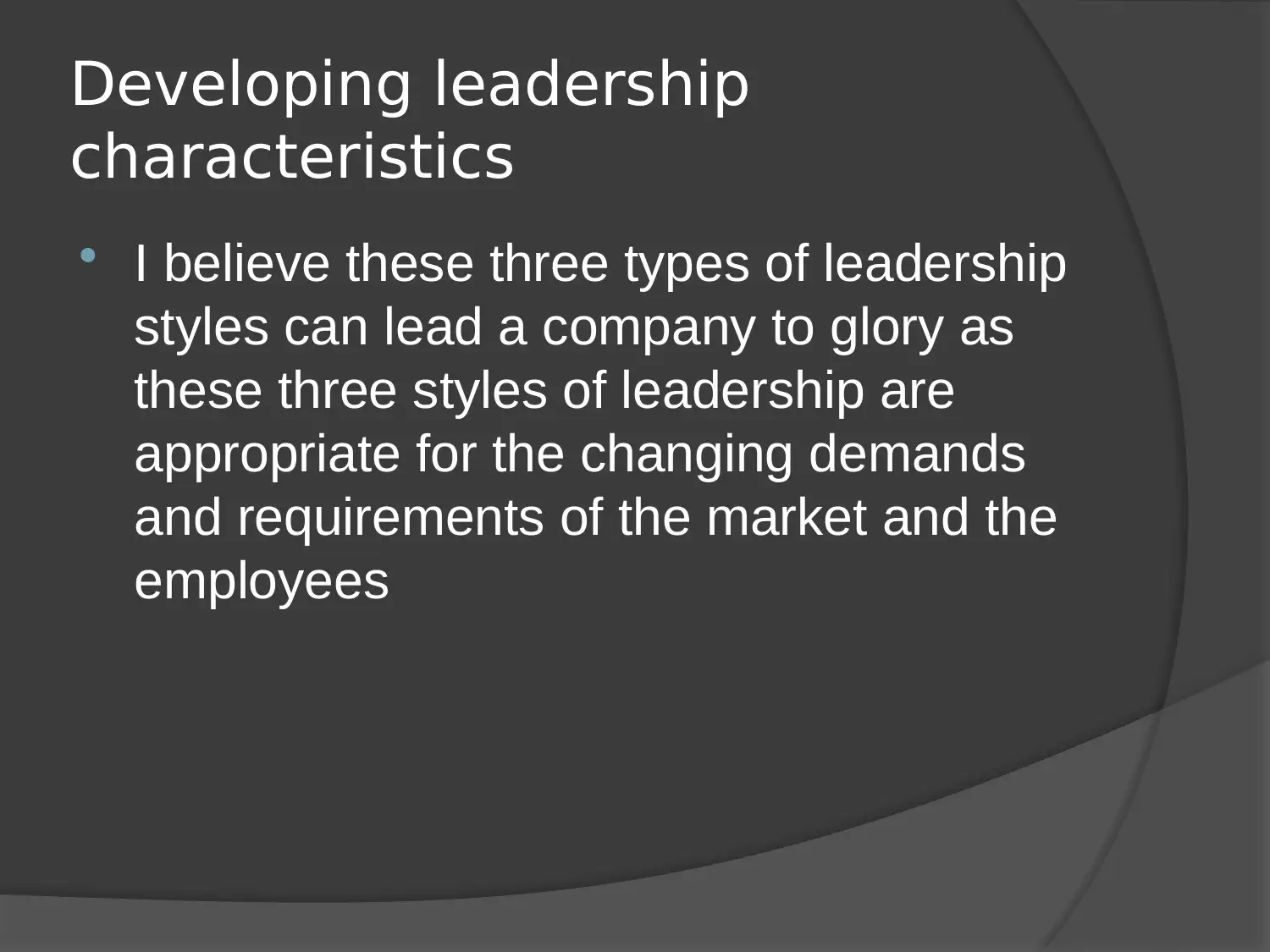
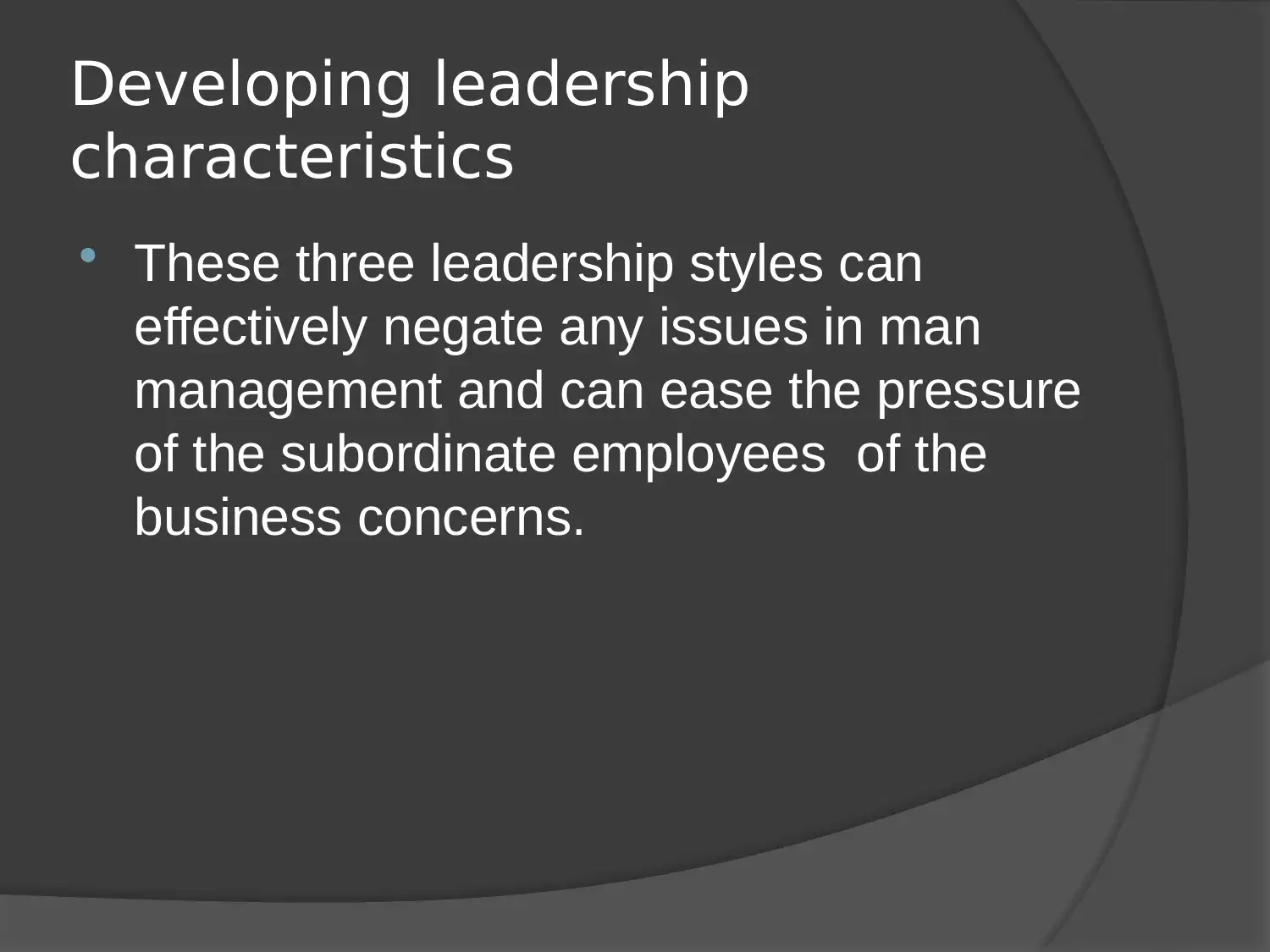
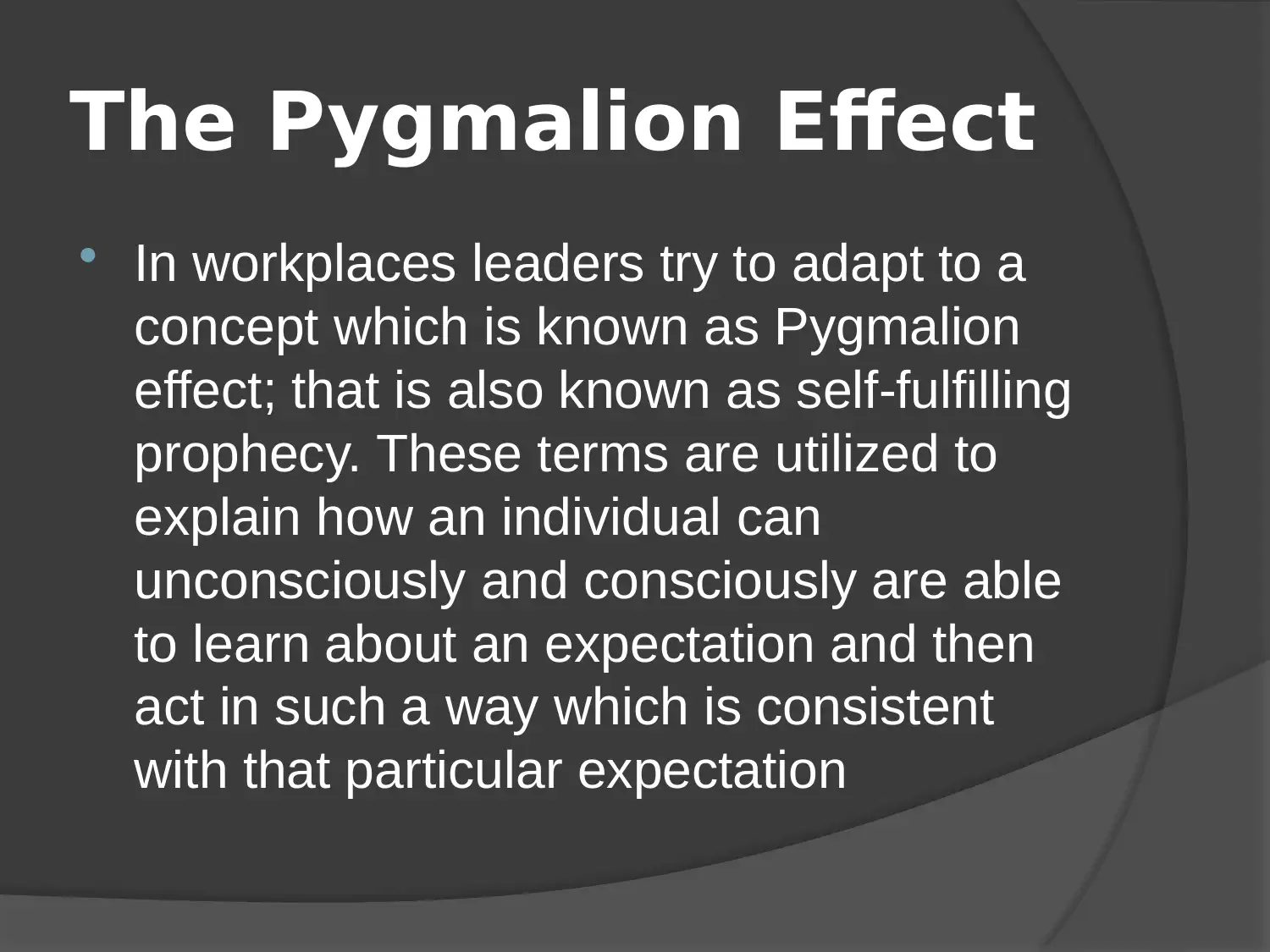
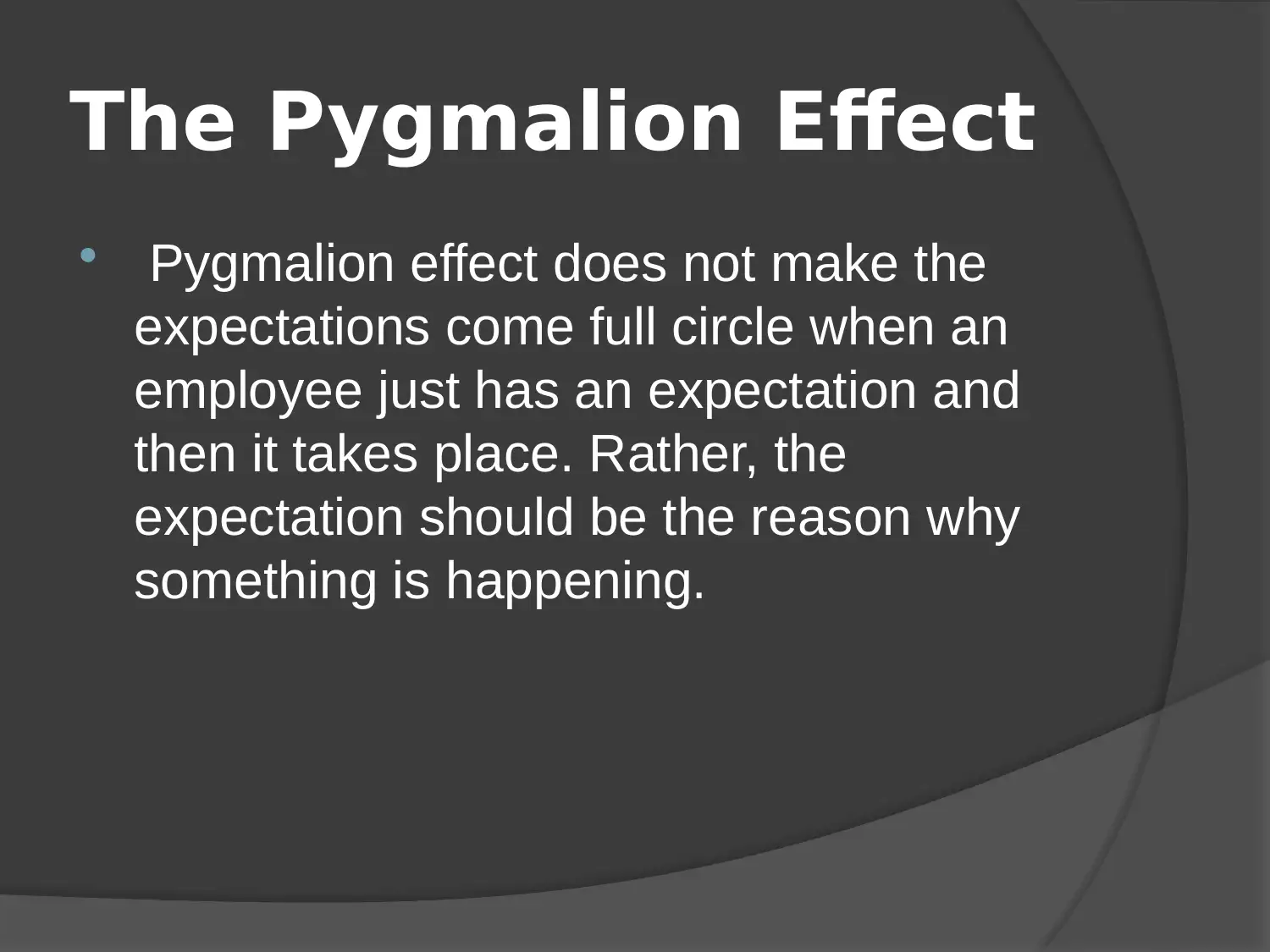
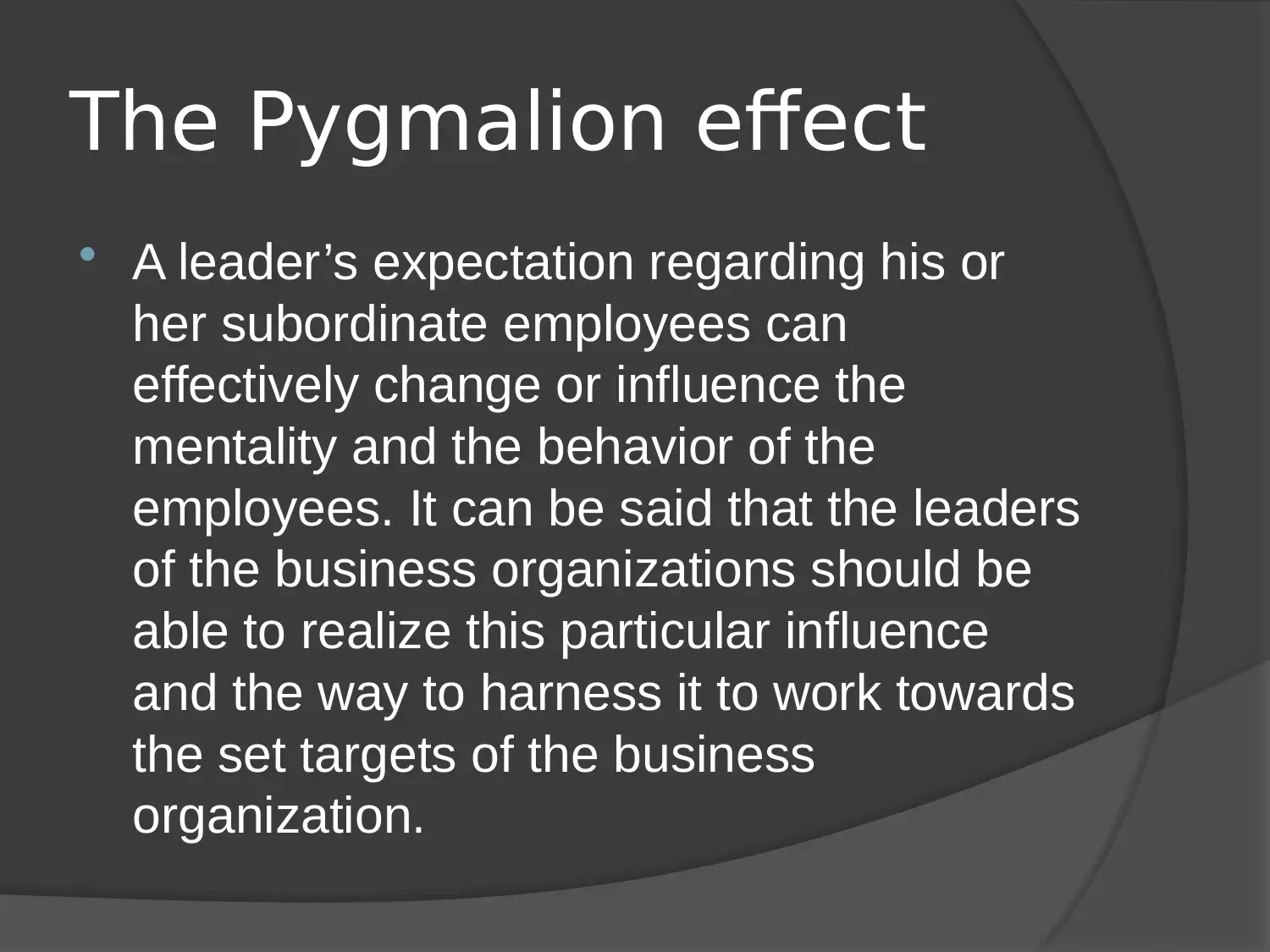
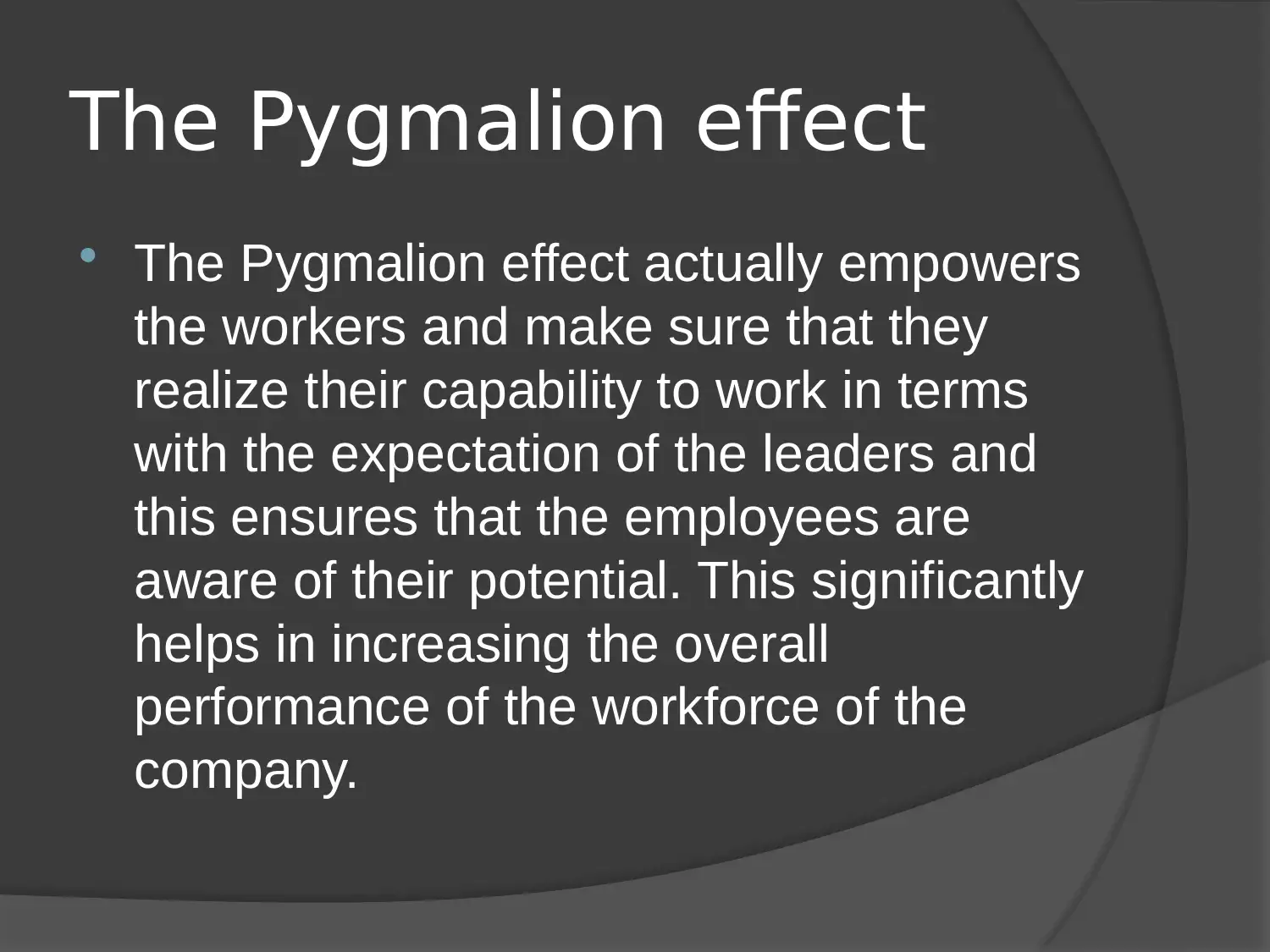
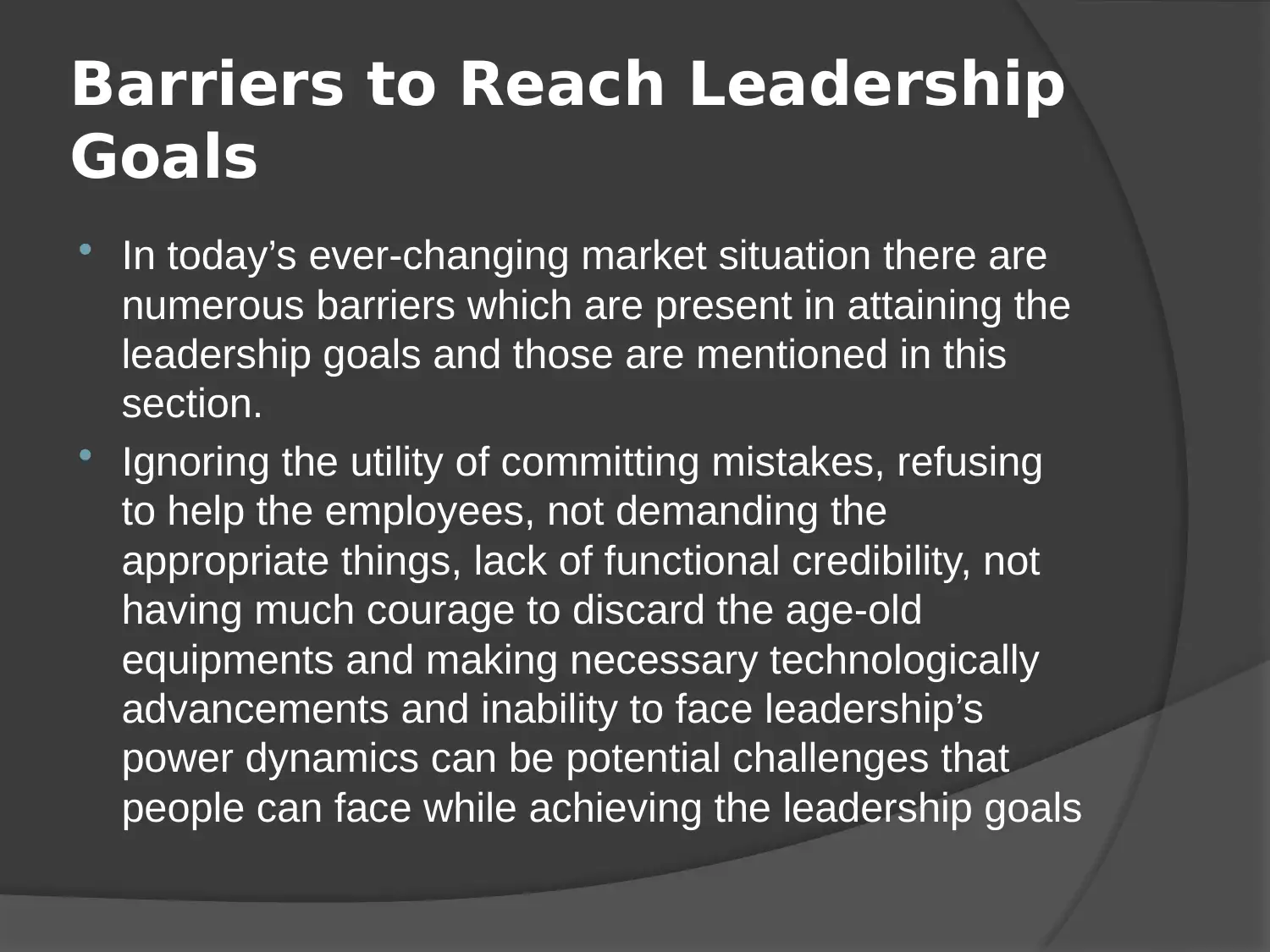
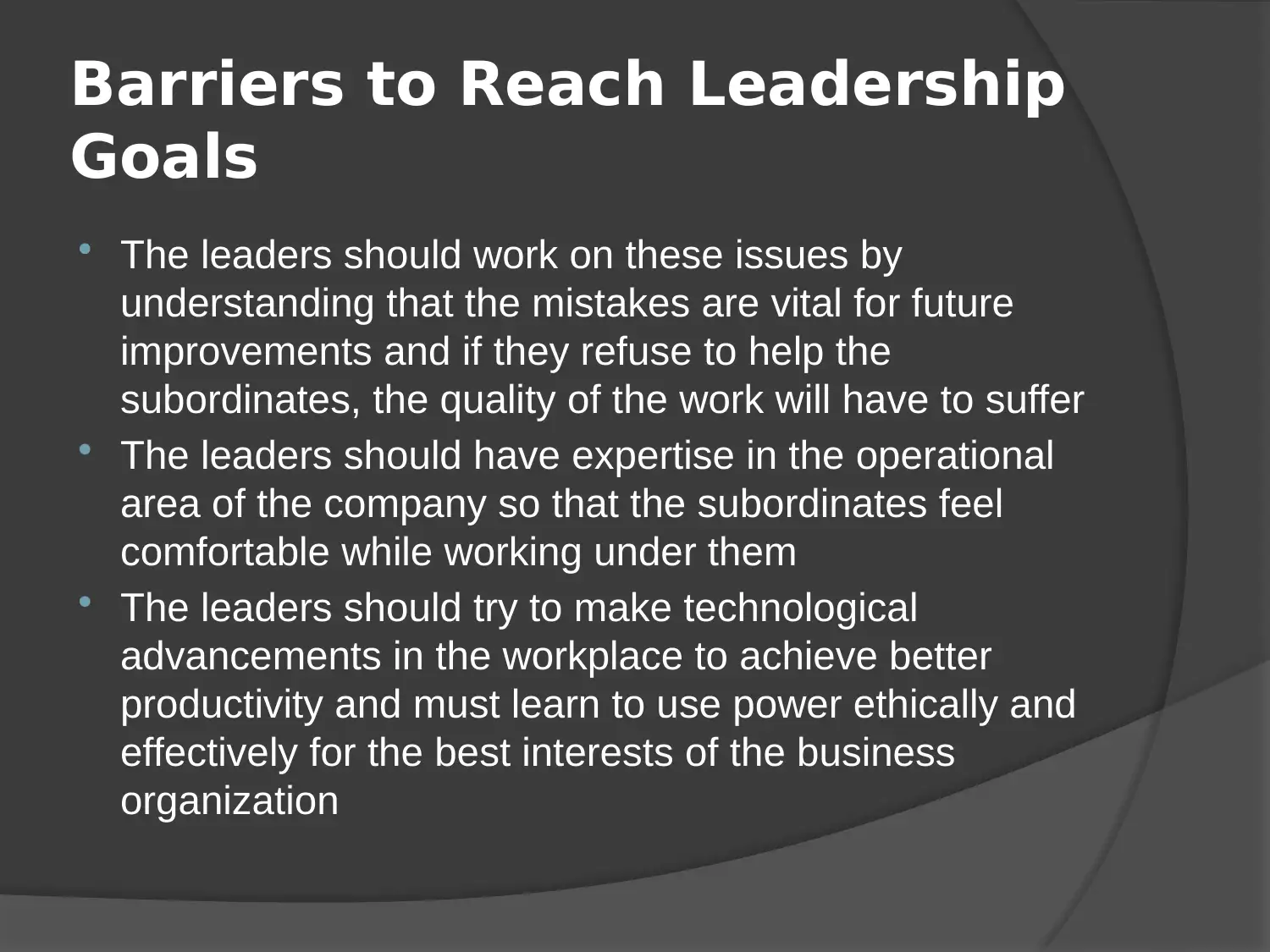
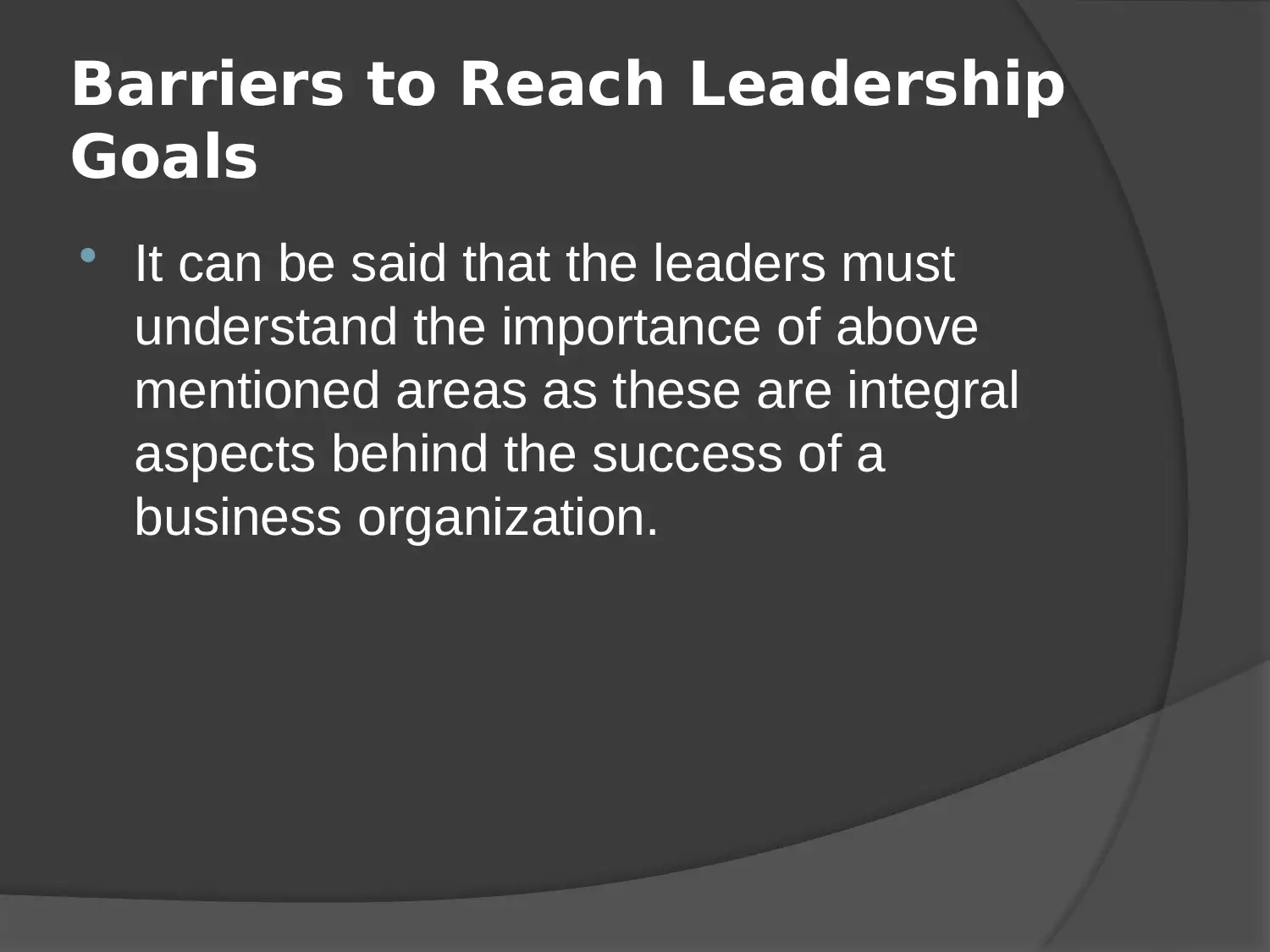






![[object Object]](/_next/static/media/star-bottom.7253800d.svg)